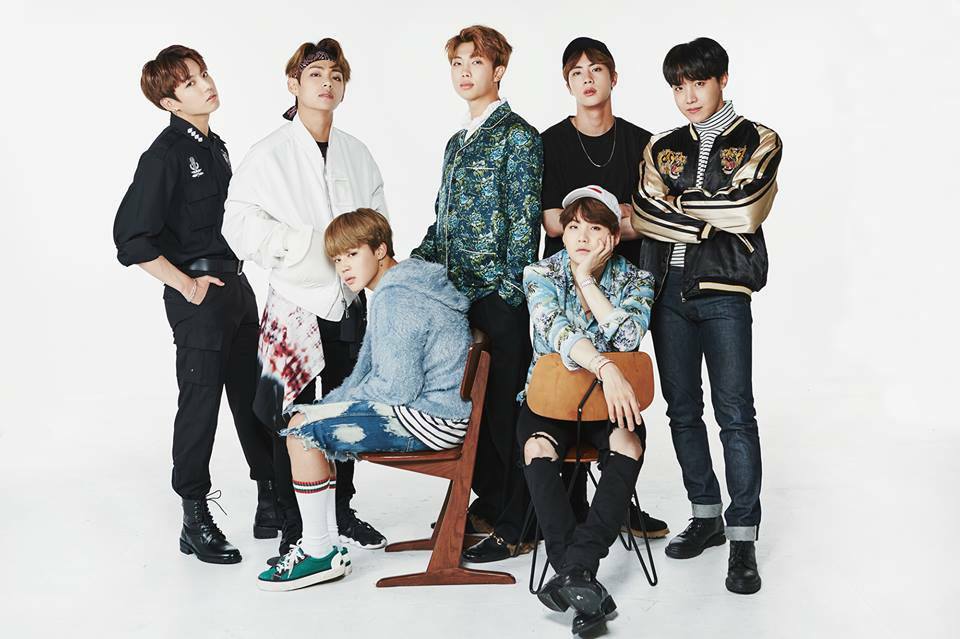What is K-POP? And Why Is It So Popular?
K-POP (Abbreviation of Korean pop; Korean:- 케이팝) is a genre of popular music originating in South Korea, the term itself has been popularized since the 2000s, replacing the term Gayo (가요), which also refers to domestic pop music in South Korea.
K- pop is not just song or music, is fashion, the choreography, the teamwork, the beats, the feeling. It’s Korean culture.
Although it generally indicates “popular music” within South Korea, the term is often used in a narrower sense to describe a modern form of South Korean pop that is influenced by styles and genres from around the world, such as experimental, rock, jazz, gospel, hip hop, R&B, reggae, electronic dance, folk, country, and classical on top of its traditional Korean music roots.

South Korea is a country where everyone is beautiful and handsome. The reason behind this is Plastic surgery. It’s been said that one in five South Korean women has had cosmetic surgery. That is why South Korea is the largest market for Plastic surgery.
Modern k-pop is marked by its use of English phrases. In addition to music, K-pop has grown into a popular subculture among teenagers and young adults throughout Asia. Resulting in widespread interest in the fashion and style of Korean idol groups and singers. They also called it HALLYU.

WHY K-POP IS SO POPULAR?
There are many other reasons for its popularity like the fact they can sing, dance, act, model, are quite intelligent. Since they are educated, yes education, the idols of k pop, are educated and well trained may speak many languages. The training and preparation necessary for K-pop idols to succeed in the industry and dance successfully are intense. Training centers like Seoul’s Def Dance Skool develop the dance skills of youth in order to give them a shot at becoming an idol. Physical training is one of the largest focuses at the school. As much of a student’s schedule is based around dance and exercise.

In addition to music, K-pop has grown into a popular subculture among teenagers and young adults throughout Asia, resulting in widespread interest in the fashion and style of Korean idol groups and singers. They also call it Hallyu.
Dance is an integral part of K-pop. When combining multiple singers, the singers often switch their positions while singing and dancing by making prompt movements in synchrony. A strategy called “formation changing”The K-pop choreography (Korean: 안무, Anmu) often includes the so-called “point dance” referring to a dance made up of hooking and repetitive movements within the choreography that matches the characteristics of the lyrics of the song.
The Pop music would be nothing without catchy hooks and sing-along lyrics. K pop is no different, making use of melodies that are instantly stuck in your head.
BANDS OF K-POP
Let’s say BTS, BTS (Korean: 방탄소년단; RR: Bangtan Sonyeondan), is a seven-member South Korean boy band formed in Seoul in 2010.
Peoples are all crazy for BTS Group, their music, dance, choreography everything will just touch your heart. BTS has extended its contract with Big Hit Entertainment until 2026. Since its highly successful debut effort. The group has been voted the most influential celebrity in Korea (in both 2014 and 2015). While BTS was the biggest boy band in 2016, EXO came back in 2017, ready to take their throne again.
Again EXO( exoplanet)- refers to the planet beyond our solar system. Exo is a South Korean–Chinese boy band based in Seoul, with nine members: Xiumin, Suho, Lay, Baekhyun, Chen, Chanyeol, D.O., Kai, and Sehun. The band was formed by SM Entertainment in 2011.

Some other bands of K-POP are as follows:
BTS, EXO, K’POP, BIG BANG, SEVENTEEN, GIRLS GENERATION, GOT 7, NCT.
Also read




